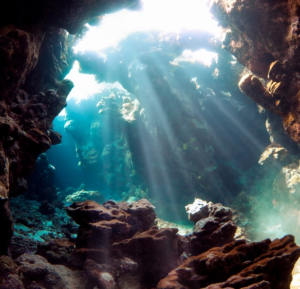Interformational Flow Study
Long term study focused on determining the extent to which hydrological connectivity exists between the Edwards and Trinity aquifers.
The Edwards and Trinity aquifers are managed separately and have been treated historically as independent hydrologic systems from both a scientific and a resource management standpoint. However, there is significant interconnectivity between the two aquifers based on studies related to: upland recharge variability, stream flow gain and loss studies, tracer testing, multi-port monitoring wells, geochemistry, biologic habitat analysis, geophysics and groundwater modeling. While these studies illustrate clearly their connectivity, there remains a wide range of uncertainty regarding the amount of water that moves from the Trinity to the Edwards across the region. For instance, published estimates range from 5,000 to 360,000 acre-feet per year. The EAA hopes to reduce this uncertainty through the Edwards – Trinity Interformational Flow Investigation (IFF) discussed herein.
Study/Focus Areas
To investigate interformational flow between the Edwards Aquifer and the Trinity Aquifer, the study region was divided into four areas, as indicated in Figure 1. This allows simultaneous studies to occur in each area using research tools specific to that segment based on local conditions, property access, rainfall variations and other factors.
The four study areas are defined by surface water basins, with some overlap from area to area (blue boxes in Figure 1). They are: Nueces Study Area (NSA), Medina Study Area (MSA), Cibolo Study Area (CSA) and Guadalupe/Blanco Study Area (GBSA). Each of the four study areas will be analyzed individually; however, data collection procedures, data synopsis, and analytical methods will remain consistent from study area to study area. A final report will be prepared for each area, allowing for a thorough review of results and hypotheses by EAA staff and other regional experts on the aquifers. Additionally, two specific focus zones were identified within each of the study areas (white/red outline boxes in Figure 1) where detailed, individual investigations related to groundwater flow from the Trinity to the Edwards will be evaluated.
Nueces Study Area
The NSA includes the Nueces River basin, Frio River basin, Dry Frio River basin, and the Sabinal River basin. An objective for this study area is to quantify gains and losses from the Nueces River to produce an accurate characterization of recharge to the Edwards Aquifer. To date, the EAA has performed several gain/loss evaluations of portions of the Nueces River above the Edwards Aquifer recharge zone (EARZ). This information will be crucial in developing a better understanding of recharge and interformational flow in this area.
Medina Study Area
The MSA includes the Medina River, Medina Lake, Seco Creek, Hondo Creek, Parker Creek, and Middle Verde Creek. Some studies have been conducted on recharge from Medina Lake but little specific research has been conducted on the Trinity Aquifer in this area.
Cibolo Study Area
The CSA includes the Cibolo Creek basin, Salado Creek basin, and part of the Dry Comal basin. The Texas Water Development Board (TWDB) has modeled this region as contributing the most flow from the Trinity Aquifer to the Edwards Aquifer. An objective for this study area is to determine whether groundwater flows east or south or both after infiltrating from the Cibolo Creek channel. The EAA has already worked with Natural Bridge Caverns staff to begin refining the conceptual model of this area.
Guadalupe/Blanco Study Area
The EAA has been conducting investigations in the GBSA for the past three years, working collaboratively with other agencies, including the Barton Springs Edwards Aquifer Conservation District (BSEACD). The TWDB classified this region as having the least amount of flow from the Trinity to the Edwards, although recent studies indicate that the two aquifers may be in close connection in some locations. Current research conducted by the EAA and the BSEACD along the Blanco River has identified spatial patterns of surface water – groundwater interaction (Figure 2). Through a series of river gain/loss studies, detailed groundwater level mapping efforts and geochemical analyses, a detailed conceptual framework has been developed by the EAA and the BSEACD (Figure 2).
One of the most significant findings to date was the identification of possibly the largest spring flowing from the Trinity Aquifer Pleasant Valley Spring (PVS; also known as Seven Springs). This spring lies within the riverbed of the Blanco River upstream from Wimberley and supplies up to 100 percent of the base river flow during dry periods (Figure 3). Jacobs Well, another major spring in the Trinity Aquifer near Wimberley, has been extensively mapped by cave divers, and the underwater cave is developed primarily in the Cow Creek Formation, along structurally controlled fractures. Similarities between Pleasant Valley Spring and Jacobs Well indicate that Pleasant Valley Spring likely flows from the Cow Creek Formation as well.
Study Methods
- Create geologic and hydrostratigraphic maps of the Glen Rose Formation in focused areas (currently underway through a JFA between the EAA and USGS).
- Perform detailed gain/loss studies of major recharging streams (ongoing).
- Develop monitoring well transects along the Edwards – Trinity aquifer interface to evaluate lateral flow.
- Perform analyses of stream flow/recharge data related to groundwater levels in both the Edwards and Trinity aquifers.
- Install and operate coupled monitoring wells to evaluate vertical flow from the Edwards to the Trinity aquifers.
- Assess and identify structural geology and geologic controls on karstification of the Edwards and Trinity aquifers.
- Perform tracer testing across the interface.
- Evaluate geochemical data to identify unique natural markers for groundwater composition of each aquifer.
- Utilize an integrated data management process to evaluate data.
- Estimate diffuse recharge from remote sensing data extrapolated from local soil water and evapotranspiration measurements.
Existing monitoring sites (stream gauges, wells, etc.) will be used to implement these methods with additional sites where necessary—some study areas will need more sites than other areas.
 2022 Precipitation In The Edwards Aquifer Region
2022 Precipitation In The Edwards Aquifer Region
 2021 Precipitation In The Edwards Aquifer Region
2021 Precipitation In The Edwards Aquifer Region
 2020 Precipitation In The Edwards Aquifer Region
2020 Precipitation In The Edwards Aquifer Region
 2019 Precipitation In The Edwards Aquifer Region
2019 Precipitation In The Edwards Aquifer Region
 2018 Precipitation In The Edwards Aquifer Region
2018 Precipitation In The Edwards Aquifer Region
 2017 Precipitation In The Edwards Aquifer Region
2017 Precipitation In The Edwards Aquifer Region
 EAA 2016 Precipitation in the Edwards Aquifer Region
EAA 2016 Precipitation in the Edwards Aquifer Region
 2016-2015 Hydrological Data Report
2016-2015 Hydrological Data Report
 2015-2014 Hydrological DatabReport
2015-2014 Hydrological DatabReport
 2015-2014 Hydrological Data Report Appendix C
2015-2014 Hydrological Data Report Appendix C
 2014-2013 Hydrological Data Report
2014-2013 Hydrological Data Report
 2013-2012 Hydrological Data Report
2013-2012 Hydrological Data Report
 2012-2011 Hydrological Data Report
2012-2011 Hydrological Data Report
 2011-2010 Hydrological Data Report
2011-2010 Hydrological Data Report
 2010-2009 Hydrological Data Report
2010-2009 Hydrological Data Report
 2009-2008 Hydrological Data Report
2009-2008 Hydrological Data Report
 2008-2007 Hydrological Data Report
2008-2007 Hydrological Data Report
 2007-2006 Hydrological Data Report
2007-2006 Hydrological Data Report
 2006-2005 Hydrological Data Report
2006-2005 Hydrological Data Report
 2005-2004 Hydrological Data Report
2005-2004 Hydrological Data Report
 2004-2003 Hydrological Data Report
2004-2003 Hydrological Data Report
 2003-2002 Hydrological Data Report
2003-2002 Hydrological Data Report
 2002-2001 Hydrological Data Report
2002-2001 Hydrological Data Report
 2001-2000 Hydrological Data Report
2001-2000 Hydrological Data Report
 2000-1999 Hydrological Data Report
2000-1999 Hydrological Data Report
 1999-1998 Hydrologeologic Data Report
1999-1998 Hydrologeologic Data Report
 1998-1997 Hydrologeologic Data Report
1998-1997 Hydrologeologic Data Report
 1997-1996 Hydrologeologic Data Report
1997-1996 Hydrologeologic Data Report
 1996-1995 Hydrologeologic Data Report
1996-1995 Hydrologeologic Data Report
 1995-1994 Hydrologeologic Data Report
1995-1994 Hydrologeologic Data Report
 1994-1993 Hydrologeologic Data Report
1994-1993 Hydrologeologic Data Report
 1993-1992 Hydrologeologic Data Report
1993-1992 Hydrologeologic Data Report
 1992-1991 Hydrologic Data Report
1992-1991 Hydrologic Data Report
 1991-1990 Hydrologic Data Report
1991-1990 Hydrologic Data Report
 1990-1989 Hydrologic Data Report
1990-1989 Hydrologic Data Report
 1989-1988 Hydrologic Data Report
1989-1988 Hydrologic Data Report
 1988-1987 Hydrologic Data Report
1988-1987 Hydrologic Data Report
 1987-1986 Hydrologic Data Report
1987-1986 Hydrologic Data Report
 1986-1985 Hydrologic Data Report
1986-1985 Hydrologic Data Report

 Aquifer Conditions
Aquifer Conditions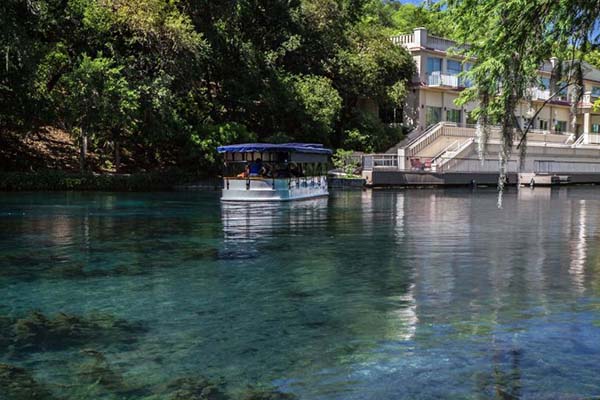

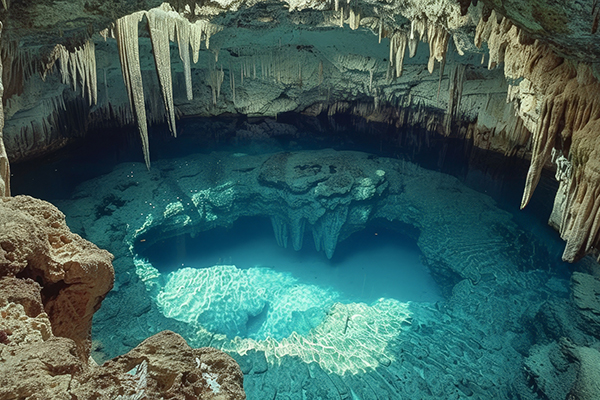

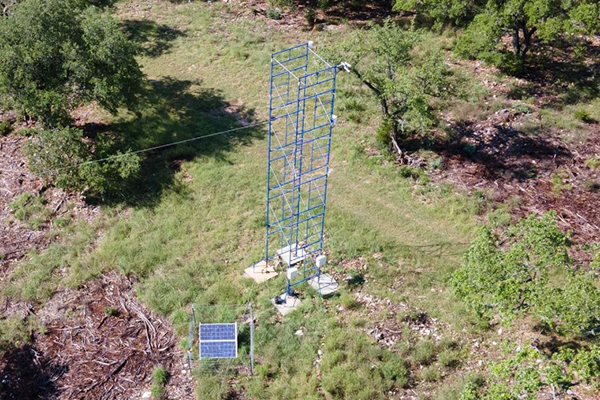
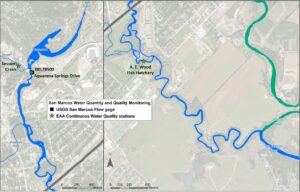 San Marcos Springs
San Marcos Springs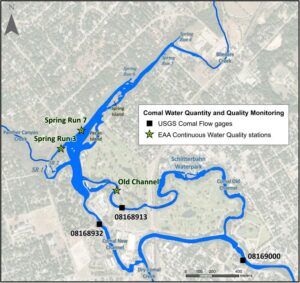 Comal Springs
Comal Springs
 CURRENT
CURRENT 
